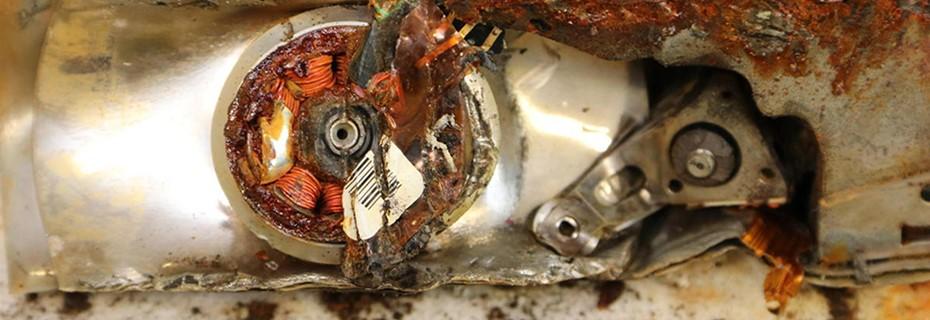
Did You
Know?
The Critical Materials Innovation Hub and its expert researchers collaborate with other organizations, including the new DOE Minerals to Materials Supply Chain Research Facility (METALLIC), which is led by the National Energy Technology Laboratory to accelerate establishing new, domestic critical minerals and materials (CMM) supply chains.
The Critical Materials Innovation Hub, formerly known as the Critical Materials Institute, focuses on technologies that make better use of materials and eliminate the need for materials that are subject to supply disruptions.
These critical materials are essential for American competitiveness. Many materials deemed critical by the U.S. Department of Energy are used in energy technologies, including wind turbines, solar panels, electric vehicles, and energy-efficient lighting. The Department’s 2011 Critical Materials Strategy reported that supply challenges for five rare earth metals may affect energy technology deployment in the coming years.
During its first five years, CMI focused on these "critical" rare earths and "near-critical" materials: dysprosium, terbium, europium, neodymium and yttrium, as well as lithium and tellurium. Beginning in July 2019, CMI focused on rare earth materials, battery materials (lithium, cobalt, manganese, graphite), indium and gallium.
Link to description of current CMI projects
Ames National Laboratory leads the CMI Team, which includes partners from other national laboratories, universities and industry. CMI research works in four ways:
- Enhancing and Diversifying Supply, led by Mike Moats, Missouri S&T
If one source becomes unavailable, we can rely on a different one.
- Expanding sources
- Transformative processes
- New uses for co-products
- Developing Substitutes, led by David Parker, Oak Ridge National Laboratory
- Synthesize materials that meet needs, but use less critical resources.
- Magnets with reduced rare-earth content
- Unlocking Secondary Sources, led by Yoshiko Fujita, Idaho National Laboratory
Learn to use available materials more efficiently by reducing waste in manufacturing processes, and increasing the adoption of recycling.
- Energy storage systems
- Enabling and optimizing co-production
- Electric machines
- Crosscutting Research, led by Scott McCall, Lawrence Livermore National Laboratory
Develop new research tools and forecast what materials might become critical in the future.
- Enabling science
- Environmental sustainability
- Supply chain and economic analysis
CMI research results include developing unique facilities, creating new intellectual property, including invention disclosures, research publications and open source software. CMI invention disclosures have led to dozens of patent applications filed, with dozens of patents issued. CMI technologies are in use in industry, including through technology licenses.
CMI has more than 300 people in leadership and research roles. The CMI organizational chart and more information about CMI researchers are available.
Other resources about CMI:
- CMI mission
- CMI 2013-2023 report, DOE one-pager
- Technical report on CMI Patent Portfolio
- Bibliometric Analysis of CMI Hub Publications 2013-2022
- CMI Values
- CMI video
- CMI on social media: X (formerly Twitter), Facebook, LinkedIn page and group, YouTube
- CMI Phase I (2013-2018)
- CMI Phase II (2018-2023)

